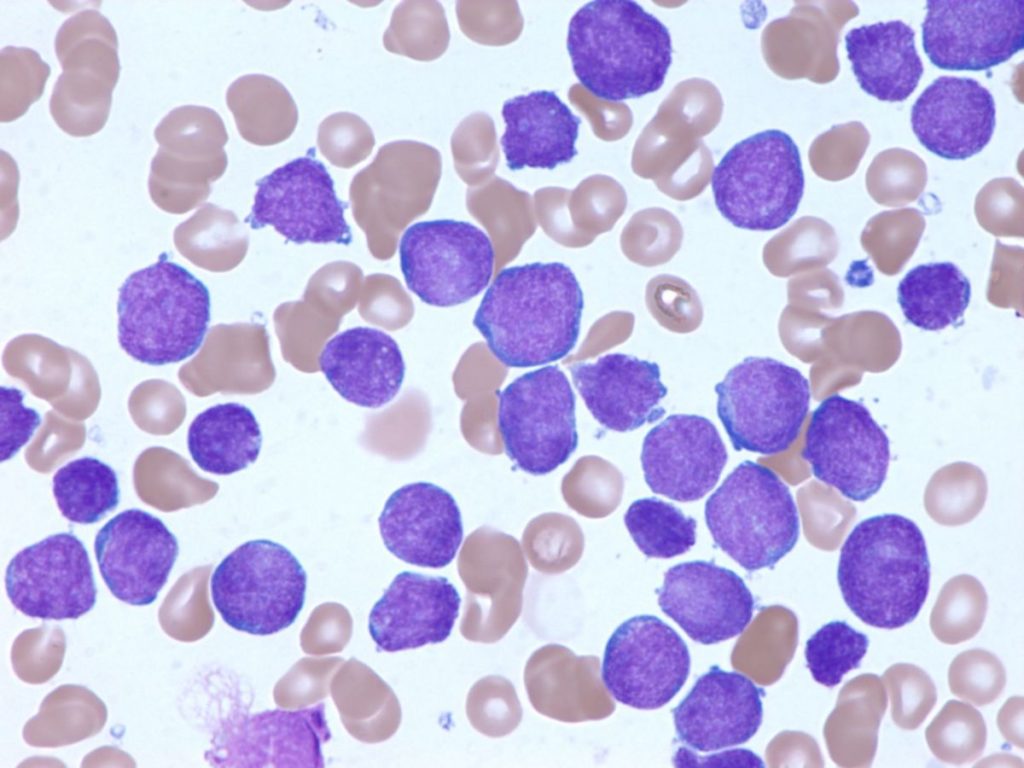What you need to know about an Acute Leukemia Treatment Procedure
Contents
- 1 What you need to know about an Acute Leukemia Treatment Procedure
- 2 What Does the Procedure Involve?
- 3 How Long Should You Stay in the Country?
- 4 How Long is the Recovery Time?
- 5 What Aftercare Should You Consider?
- 6 What is the Success Rate for an Acute Leukemia Treatment Procedure?
- 7 Are there Alternatives to Acute Leukemia Treatments?
- 8 What Should You Expect Before and After the Procedure?
Treatment for acute leukemia depends on several factors, including the type of the disease (acute lymphocytic leukemia or acute myelogenous leukemia), the stage of the disease, your general health, your age, and your preferences. The treatment options include chemotherapy, targeted therapy, radiation therapy, and bone marrow transplant.
What Does the Procedure Involve?
With chemotherapy, your doctor may give you drugs in the form of a pill, injects it with a needle, or by an infusion into a vein to kill the cancer cells. Targeted therapy also uses drugs, but the drugs only attack specific abnormalities present in cancer cells that help them grow and progress. If you need to undergo radiation therapy, you may need to lie on a table and a linear accelerator (a machine that directs high-energy beams of radiation) moves around you to deliver radiation from various angles. If your doctor recommends a bone marrow transplant, you will receive new stem cells to replace your unhealthy bone marrow.

How Long Should You Stay in the Country?
For radiation therapy and chemotherapy, the number of cycles required for your specific condition determines your length of stay in the area. For chemotherapy, you may need to stay in the hospital for several weeks as the chemotherapy drugs may destroy a lot of normal blood cells in the process of destroying leukemia cells. In general, you should aim to stay in the country for about four to eight weeks.
How Long is the Recovery Time?
The recovery period differs from one person to another. With targeted therapy and radiation therapy, you should be able to go back to work and some of your normal routine the day after the procedure or when you do not experience any symptoms that interfere with your ability to perform your daily activities. With a bone marrow transplant, you should be able to resume most of your normal activities within three months, but the total recovery period can take as long as a year.
What Aftercare Should You Consider?
You may need to adjust your lifestyle after treatment and your doctor will give you instructions regarding diet, exercise, and restrictions. Also, you will need regular lifelong follow-up checkups with your doctor to monitor your condition, but you can have checkups with your local doctor.
What is the Success Rate for an Acute Leukemia Treatment Procedure?
Acute leukemia treatment is generally effective and safe. Some patients are put into remission after their treatment. There are some side effects and risks to be aware of, such as fatigue, hair loss, nausea, stem cell failure, infertility, new cancers, infection, cataracts, and death.
Are there Alternatives to Acute Leukemia Treatments?
You should consult with your doctor what your best options are besides the treatments listed above. No alternatives have been proven to cure acute leukemia, but there are some treatments that can help ease some side effects and symptoms, such as acupuncture, meditation, and relaxation exercises.
What Should You Expect Before and After the Procedure?
Acute leukemia is life-threatening, has painful symptoms, and it prevents you from enjoying the things you love. After treatment, you may be ‘cured’ or put into remission, which allows you to return back to your normal life.
For an in-depth analysis of an Acute Leukemia Treatment Procedure, watch this short video.
To check prices or to book an Acute Leukemia Treatment Procedure in Thailand or anywhere else in the world, head on over to MyMediTravel now!

